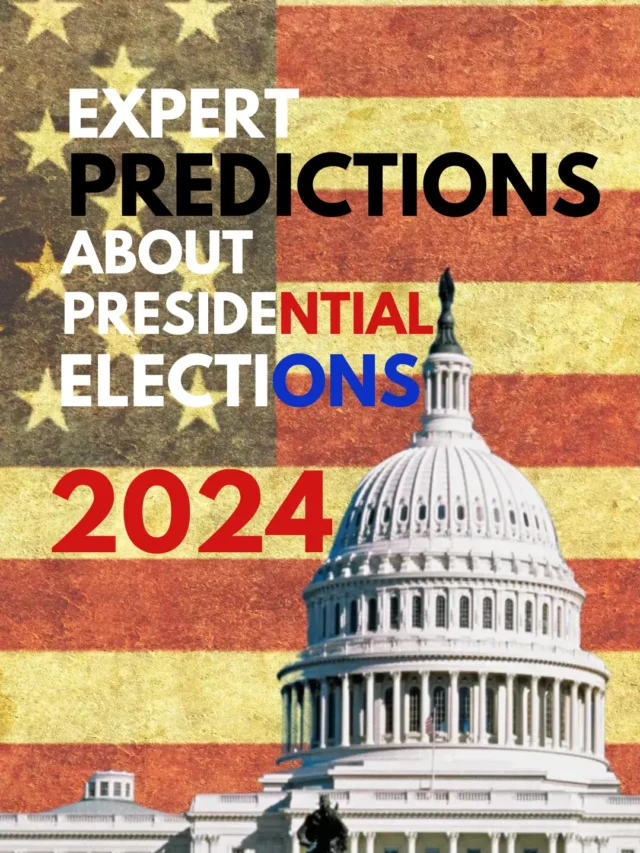As the dust settles on the 2024 election, political analysts and citizens alike are turning their attention to a pivotal question: Will the popular vote decide the winner? In an era where electoral college dynamics often overshadow the will of the majority, this year's results have sparked intense debate. The outcome not only reflects voter preferences but also sheds light on evolving trends in American politics.
The 2024 election cycle has been marked by unprecedented shifts in voter behavior, demographic changes, and technological advancements that influenced how Americans cast their ballots. With Former President Donald Trump defeating Vice President Kamala Harris, many are examining whether the popular vote played a decisive role or if traditional electoral strategies ultimately determined the result. This analysis delves into key insights from various sources to provide a comprehensive overview of the election landscape.
Despite the final tally showing Former President Donald Trump victorious over Vice President Kamala Harris, the national popular vote tracker indicates significant fluctuations throughout the counting process. As more votes were counted across different states, the margin between the candidates tightened in certain regions, highlighting the complexity of modern elections. Continuous updates to these trackers allowed for real-time monitoring of trends that could shape future campaigns.
Understanding Voter Preferences Through Popular Vote
In analyzing the 2024 election results, it is crucial to examine how voter preferences manifested through the popular vote. According to data from the Cook Political Report, Trump secured a notable lead in several critical battleground states, which contributed to his overall success. However, the popular vote margin remains a subject of interest as it reveals underlying patterns in voter support across diverse demographics.
Burlington County, NJ, provides an interesting case study with its implementation of voter privacy protections in single-election districts where fewer than 14 total votes were cast. Such measures underscore the importance of safeguarding individual voting rights while ensuring accurate representation in larger electoral contexts. These localized efforts contribute to a broader understanding of how each vote impacts the national narrative.
Minnesota's Secretary of State office reported detailed statistics showing Trump receiving approximately 46.68% of the total votes against Harris. These numbers emphasize the competitive nature of the race and suggest that despite regional variations, both candidates garnered substantial support nationwide. Understanding these nuances helps predict potential shifts in future elections.
Electoral College Dynamics vs Popular Vote Trends
While the popular vote offers valuable insights into public sentiment, the Electoral College remains the definitive mechanism for determining presidential winners. In 2024, Trump's victory was solidified by securing necessary electoral votes, illustrating the enduring relevance of this system. Nonetheless, the disparity between electoral outcomes and popular vote totals continues to fuel discussions about reforming the process.
AP News highlighted live updates indicating that Trump expanded his voter base significantly compared to previous elections. His ability to attract new supporters while retaining core constituents played a critical role in his re-election bid. This growth demonstrates adaptability within campaign strategies tailored towards addressing evolving voter priorities.
Council on Foreign Relations noted that Trump achieved record-breaking increases in popular votes since 2016, reflecting widespread engagement among specific demographic groups. Such achievements highlight the effectiveness of targeted outreach initiatives designed to mobilize undecided voters during crucial phases of the campaign season.
Ballot Access and Voting Regulations Across States
State-specific regulations governing ballot access and voting procedures significantly influence election outcomes. The FEC compiles essential information regarding these rules, emphasizing their impact on shaping fair and transparent electoral processes. Ensuring uniform standards while respecting state autonomy presents ongoing challenges requiring collaborative solutions.
Election Results and Voting Information resources outline varying requirements for candidate inclusion on general election ballots. These differences necessitate strategic planning by campaigns aiming to maximize visibility and accessibility to potential supporters. Addressing disparities in access can enhance inclusivity and promote equitable participation levels.
Popular features such as voter registration guides, instructions on how to vote, and comprehensive election result analyses serve as indispensable tools for informed decision-making. By leveraging these resources, stakeholders can better understand the intricate workings of our democratic systems and advocate for improvements where needed.

